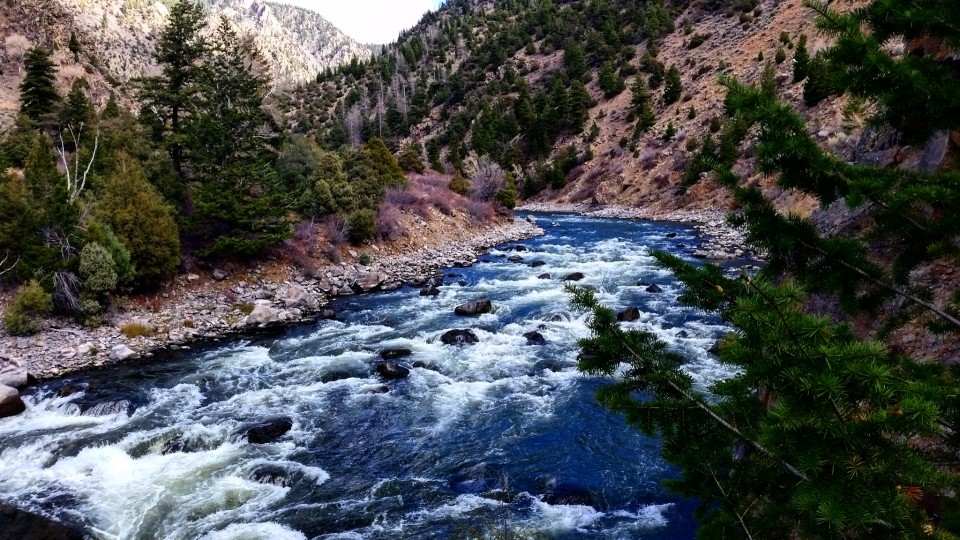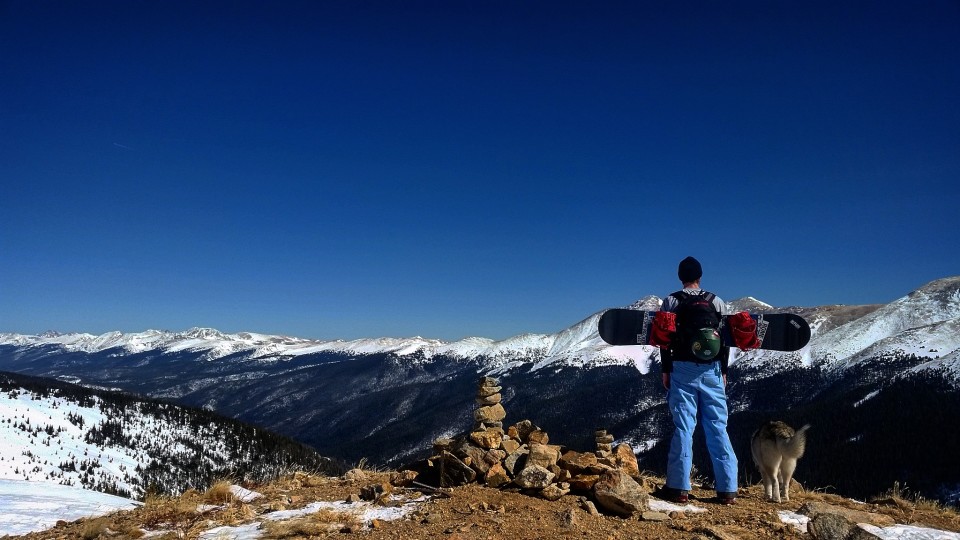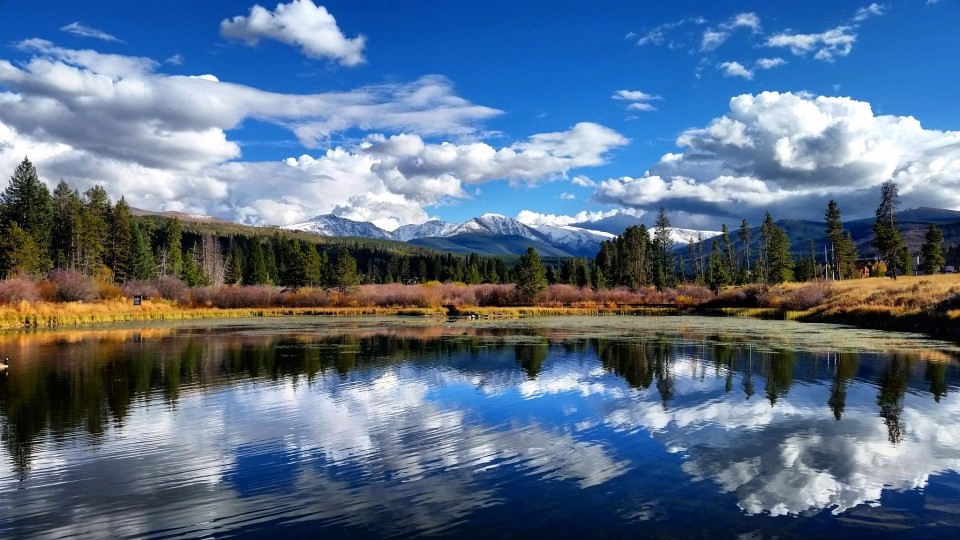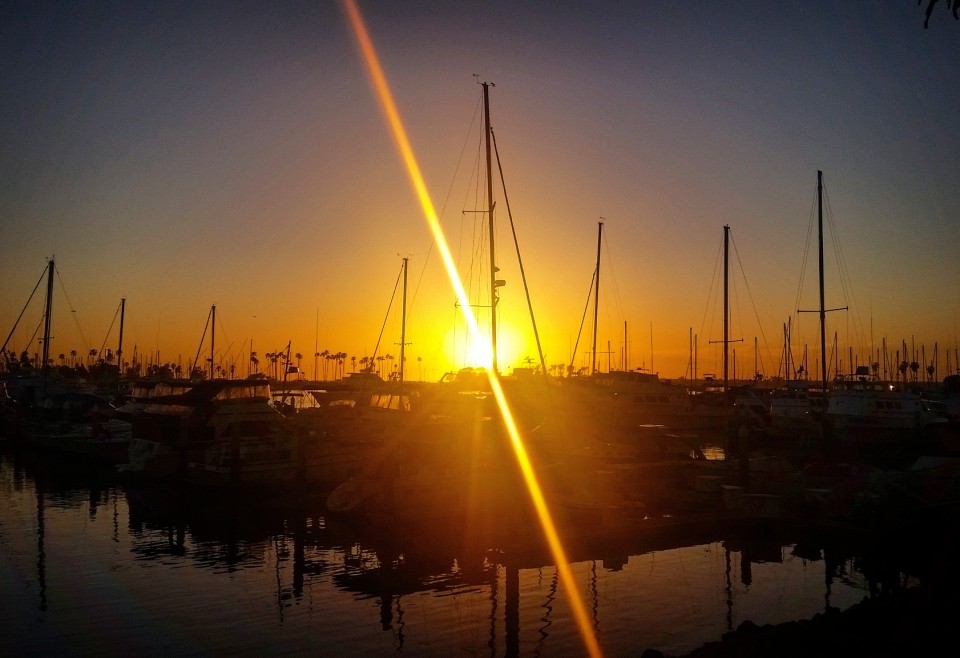I am just a few days home from the San Diego Pain Summit (check out #sdpain on various social media sites to check out the action!) and my mind is awhirl with thoughts, ideas, reflections, questions, people, pain, approaches…so much so that I don’t know what to write right off! But I do want to get some thoughts down that I will hopefully be able to flesh out a bit more thoroughly in upcoming posts. And I’m sure it will be much too long (there is already a part 2).
Sapolsky on stress
Robert Sapolsky, a lead researcher IN THE WORLD on stress was the keynote. Dr. Sapolsky’s brain is staggering and is comedic timing is on point (check out some of his lectures to see what I mean). Much of what he said is well known but the way he says it can’t be missed, he’s a master of presentations. And his responses to audience questions were pretty fantastic, especially in regards to epigenetics (early effects in life can be long-lasting and multi-generational) to neural plasticity in adults (early effects can be changed in adulthood because we do generate new neurons and new connections).
The gist, stress throws us out of homestatic balance, so being able to cope with stress successfully is important to live long and live well. Stress is omnipresent, even just thinking that we might be stressed in the near or distant future can knock us out of homeostatic balance. Pain is stressful, so it stands to reason that easing some of our stress may help ease some of our experience of pain
My takeaway, we need to be more like Zebras. Zebras seem to recover from very stressful events (being chased by lions and such) extremely quickly, as though nothing ever happened, within a matter of seconds. Wouldn’t that be nice? Instead we stress for 30 years over mortgages. Biologically the stress the zebra experiences when running away from a zebra is the same as the stress we feel when thinking about our mortgage payments. Sucks, right?
Ok, so we may not be able to recover from stress as adeptly as a zebra, but can we cope?
Yes, and particularly well, it turns out. That’s because the stressors themselves aren’t as harmful as our response to the stress. And we have some control over our responses.
I’ll talk about this more in a future post, but having outlets for our stress or ways of reducing our stress responses can help a great deal. Those outlets can come in many forms, such as hobbies, socializing (social isolation is a huge predictor of worse outcomes across a wide spectrum of conditions), meditating or practicing mindfulness or relaxation techniques, exercise, creating a predictable environment, and so on.
I loved Sapolsky’s talk because it wasn’t until I understood how much stress was affecting my pain experience and my life that I finally took trying to reduce my stress more seriously. Mindfulness, (accurate) bodily awareness, relaxation techniques, movement, volunteering, creativity…these things are all major contributors to my ongoing successful living, even when pain is present.
Bronnie on being like water
My favorite kiwi and dear friend, occupational therapist Bronnie Lennox Thompson, invoked Bruce Lee to surprising effect in her presentation (he really was brilliant! As is Bronnie). I have actually used the phrases ‘be like water’ or ‘flow like water’ for some time when I am trying to center myself, calm down, focus on something, accomplish something…it’s something of a mantra of mine. One of my favorite quotes, and one Bronnie shared, is:
If nothing within you stays rigid, outward things will disclose themselves. Moving, be like water. Still, be like a mirror. Respond like an echo. ~ Bruce Lee
I have said it before and it still stands, Bronnie speaks my language in both pictures (she’s an avid picture-taker, too) and words, I love her!
Motivational Interviewing
But on to her presentation. Bronnie talked about motivational interviewing and stressed the importance of getting to know the person in front of you through the use of open ended questions that continually go deeper, always asking ‘tell me more’ to truly get at the heart of what they are trying to convey (which may not be clear even to themselves), acknowledgement of what they are saying, reflecting back to them what is understood by you, and summarizing the whole.
The emphasis was on establishing a partnership and trying to understand the other’s perspective, fostering acceptance, being compassionate, and evoking change through positive reinforcement of what you want more of, empathizing when you hit resistance, and reassurance (positive regard) throughout.
Be water
Her focus on flexible persistence is particularly relevant to people with chronic pain, it’s  what she means (and what Bruce Lee meant) by ‘being water’. Water flows in one direction but not in a straight line and not a constant course, it changes over time.
what she means (and what Bruce Lee meant) by ‘being water’. Water flows in one direction but not in a straight line and not a constant course, it changes over time.
Sometimes the water is turbulent, sometimes calm. Sometimes there are obstacles. But the water is always flowing in that same direction, it is able to flow around obstacles, get through the turbulent sections, and slow down a bit when it’s calm.
Water also changes the landscape through which it travels, but it does so through persistence, so it’s important to stress that outcomes only happen after practice. The practice piece is important. And because it is practice, it needn’t be perfect. There is no perfect.
But persistence, flexible persistence, will get us to where we need to go.
Rivers know this: there is no hurry. We shall get there someday. ~ Winnie the Pooh, c/o A.A. Milne
To sum up, she did a wonderful job of expressing the wanted outcomes from motivational interviewing rather than the process, allowing folks to develop their own style and approach.
Naked on getting creative
One thing that I try to do in this blog is clear up confusion for both patients and practitioners on what the other might be thinking or trying to accomplish because words are complicated, humans are complicated, pain is complicated. And words can be weird, humans can be weird, and pain can be weird. So sometimes it’s much better to use pictures or metaphor or poetry.
Paul Lagerman, of The Naked Physio fame, did a marvelous presentation on the use of images and creative language to express what it’s like to be a person in pain or to explain pain. (want Naked’s summary of the summit? go here.)
We need more of these types of discussions! It actually got at the heart of how clinicians try to relate to their patients and how patients try to relate their pain. The more of this we can sit down and talk about, the greater our human understanding of pain will be. This is about people, after all. Not science, not techniques, not treatment, not professions or titles or egos.
It’s about people.
Don’t forget the human in pain
Which takes me to Sandy Hilton‘s presentation and her emphasis on creating an environment – physically, linguistically, emotionally – that is relationship-centered , fun, educational, and supportive. It’s not enough to just be non-threatening, treatment can be pleasurable. Why is that important?
Because pain is in our LIVES.
Pain is not in our bodies, pain is not in our brains, pain is in our lives. ~ Dennis Turk
Pain is an emergent experience, there is no cause, as Ravensara Travillian pointed out in her presentation.
Pain is much more complicated than I used to think. I know I’m preaching to the choir but it’s a good reminder: pain is not in the muscles or the joint or the tissues, pain is an emergent experience, an output of the brain, after our human selves take in all the information available to it to make some hypotheses and produce some responses.
There’s information from the muscles and joints and tissues but there’s loads more information from our environment, our memories, our beliefs, our expectations, our stress levels, our mood, our sleep, our immune systems, our relationships, our culture, our previous experiences, our other treatments, our thoughts, our dreams, our feelings, our wants, our needs..our LIVES.
And that emergent experience of pain feeds back into all those other aspects of our lives.
As Sandy put it, IT ALL MATTERS.
That’s scary but also awesome (scary awesome!) because it gives us lots of access points to change the experience of pain and the experience of living. Lots of ways in that will make a meaningful difference.
But how do we figure out what those access points are? What is meaningful? As Bronnie also stressed, by asking questions. What does better mean to them? How will they know when they get there?
Vowles on accepting pain and struggling less
One of those ways, according to clinical psychologist Kevin Vowles and which I have found to be true in my own experience, is that struggling less with pain and being more willing to have a bit of pain as a part of our lives opens up the opportunity to engage in more values-based actions – those things that are meaningful in a person’s life that may be on hold until they are rid of the pain.
Pain has a negative impact on life, it takes up all of our attention and resources in an effort to be rid of it, but sometimes pain sticks around for a while, and for many folks it’s a long while. So rather than address the pain directly, which is hard to do, ACT (acceptance and commitment therapy) aims to affect the response to pain to reduce suffering and improve quality of life.
My own acceptance experience
Acceptance was something I came to of my own accord and it was a hard one to come to but was one that made all the difference in the world. Acceptance is not giving up on the pain or giving in to it, it’s accepting that right now I have pain and I don’t need to wait for it to be gone to get on with living, to get on with the things that matter to me.
To illustrate my point, here’s something I wrote on my Facebook page two years ago:
Persistence pays off. I snowboarded Friday for first time since my injury over 4 years ago. Some days suck. Some days my pain seems never ending and doing my pain management exercises feels like a battle I don’t want to fight anymore. ~ Joletta Belton 2/16/14
I was still fighting two years ago. And my pain was still pretty bad, it still controlled my life and determined what I was going to do most days.
But I slowly started to understand back then, after four years of near constant pain, that even though the pain was still there, life was still there, too. I started to see that because I was so focused on the pain, I no longer saw the life around it. So I gradually shifted my focus away from the pain and onto my life (Diane Jacobs goes over an exercise Dr. Vowles did in his workshop that demonstrates this beautifully in her summary, check it out here).
Flash forward two years, I hiked up about 1000′, with a pack and snowboard, of Berthoud Pass with my husband the day after I got back from the Pain Summit this year, no small task, and snowboarded back down. The pic below is of him, a dog we met on the hike up, and the view.
It’s this that gives my life meaning and enjoyment now, getting to have adventures with the man I love, challenging myself mentally and physically and not focusing on the pain and rather focusing on life. This is what acceptance gave me back.
That’s important, I think.
And an amazing thing happened when I started doing that, my life became much bigger and my pain became much smaller (even when the intensity of the pain was unchanged. Thought it’s gone down significantly since then).
For a long time life was something that happened on the periphery of my pain. For too long I was in that dark room trying to find my way out. Now I have the world at my feet, I have life all around me, and pain is in the periphery.
Concluding for now, stay tuned for part 2 of my Pain Summit musings…
I have much more to say but I think I’m going to break it into two parts so I don’t fatigue your eyeballs.
In the next post I talk about Benedetti’s talk on placebo and nocebo, Alison Sim’s talk on cognitive behavioral therapy, and Michael Shacklock’s talk on neurodynamics as well as getting into movement with Greg Lehman (do biomechanics matter?) and Todd Hargrove (play!). (Part 2 is up!)
There was so much gained from this pain summit, I’m still processing it all (yet I already have this much to say!). The best part of the summit is the people, both the presenters and the audience, so if you didn’t make it this year, I highly recommend you come next year. Such wonderful discussions were had throughout, formally and informally, and the experience is so much richer sharing it with others.
The other aspect of the pain summit that sets it apart, in my opinion, is that it doesn’t have a hidden agenda (no sponsors, no gimmicks, no sales pitches) and it’s not formulaic or dogmatic: no one stands up there telling you what you should do or how it must be done, rather they provide you with scientific research and what they have found to be clinically successful and relevant and open the door for you to incorporate what you find useful into your existing practice. (Sounds good, right? Support the effort by DONATING HERE!)
Adapt what is useful, reject what is useless, and add what is specifically your own. ~ Bruce Lee
Can’t really beat the venue of the San Diego Pain Summit either! Pic was taken day 1 of the Summit as the sun set over the marina.
Still here? I ain’t ever brief, that’s for sure, eh? Thanks for sticking it out. As always, I’d love to hear your thoughts, comments, feedback, jokes, experiences, stories. Leave a reply, send me an email, or hit me up on social media at MyCuppaJo.



Pingback: 2016 Pain Summit Rocked San Diego With Its Second Year - Massage And Fitness Magazine